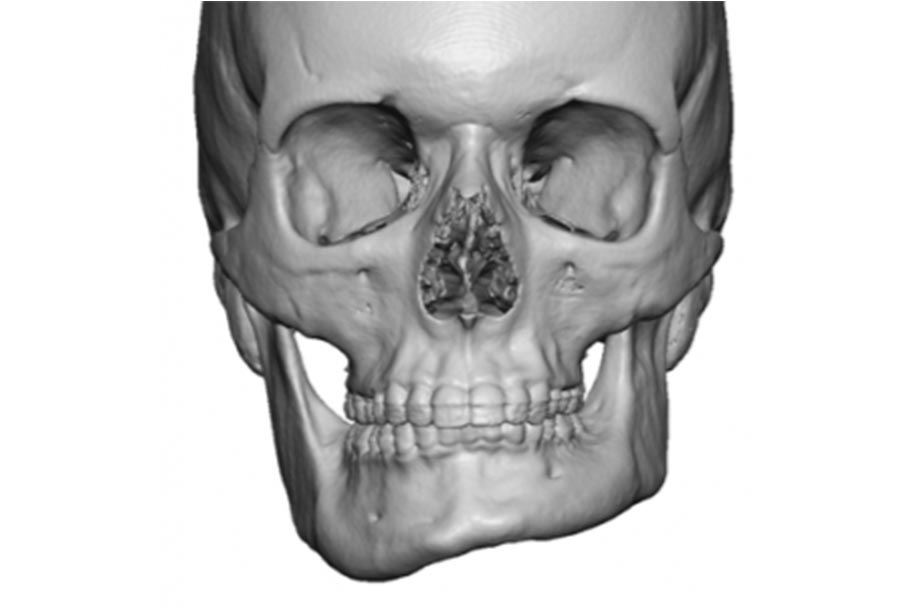CORRECTION OF FACIAL DEFORMITIES
Surgical correction of facial deformities, also known as craniofacial surgery, is a specialized field of surgery focused on correcting congenital or acquired abnormalities in the structure and appearance of the face and skull. This type of surgery aims to improve both function and aesthetics, often requiring a multidisciplinary approach involving oral and maxillofacial surgeons, plastic surgeons, orthodontists, otolaryngologists, and other specialists.

Here are the key aspects of surgical correction of facial deformities:
Types of Facial Deformities:
- Cleft Lip and Palate: A congenital condition where there is a gap in the lip and/or palate, requiring surgical repair.
- Craniosynostosis: Premature fusion of skull sutures, leading to abnormal head shape and potential pressure on the brain.
- Facial Asymmetry: Imbalances in facial features due to developmental or traumatic causes.
- Maxillofacial Trauma: Surgical repair of facial fractures and injuries caused by accidents or trauma.
- Orthognathic Surgery: Correction of jaw abnormalities, including overbites, underbites, and asymmetrical jaw positioning.
- Facial Tumors and Defects: Removal of tumors and reconstruction of facial structures affected by cancer or other diseases.
-
Congenital Syndromes: Surgical correction of facial abnormalities associated with conditions like Treacher Collins syndrome or Goldenhar syndrome.
Key Considerations:
-
Multidisciplinary Team Approach: Correction of complex facial deformities often requires a team of specialists, including oral and maxillofacial surgeons, plastic surgeons, orthodontists, speech therapists, and others.
Preoperative Planning: Detailed imaging (CT scans, MRI, etc.) and careful planning are essential to ensure precise surgical interventions. - Age Considerations: Some procedures, particularly in children, may be timed to coincide with stages of growth and development.
- Functional Improvement: Beyond aesthetics, the surgery aims to improve breathing, speech, chewing, and other essential functions.
- Reconstruction and Grafting: In cases involving significant deformities or tissue loss, grafts or reconstructive techniques may be used to restore normal anatomy.
-
Postoperative Care and Rehabilitation: Following surgery, patients may require follow-up care, orthodontic treatment, speech therapy, and other forms of rehabilitation.
Techniques and Approaches:
- Osteotomies: The surgical cutting and repositioning of bones to achieve proper alignment and symmetry.
- Distraction Osteogenesis: A technique where bone is gradually lengthened over time to correct deformities.
- Bone Grafts and Flaps: Using bone from other parts of the body or synthetic materials to reconstruct facial structures.
- Soft Tissue Procedures: Addressing issues with
muscles, skin, and other soft tissues to achieve desired facial
contours.
Risks and Considerations:
- Anesthesia Risks: As with any surgery, there are risks associated with anesthesia, which should be discussed with the surgical team.
- Scarring: Depending on the extent of the surgery, there may be visible scars that fade over time.
- Emotional Impact: Facial deformities can have a significant emotional and psychological impact, and surgery can lead to improved self-esteem and quality of life.
Surgical correction of facial deformities is a complex field that requires expertise, precision, and a patient-centered approach. Each case is unique, and the treatment plan is tailored to the individual's specific needs and goals. It's important to consult with a highly skilled and experienced surgical team for comprehensive care and the best possible outcomes.
